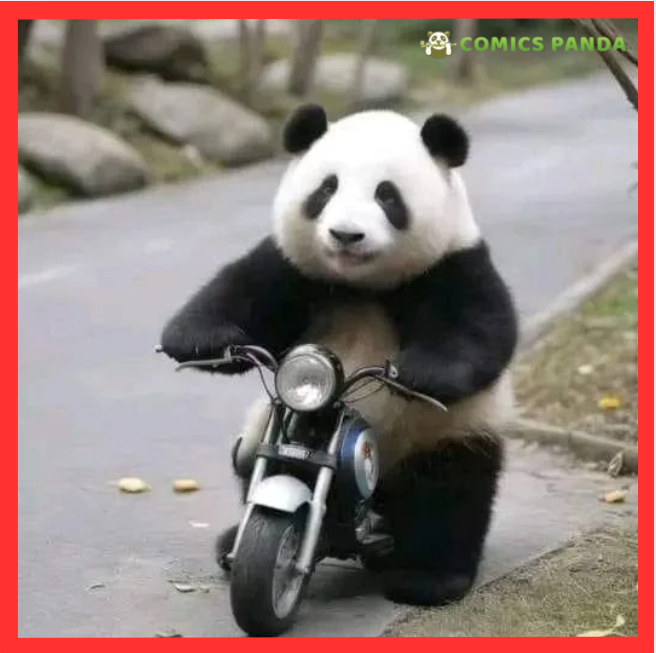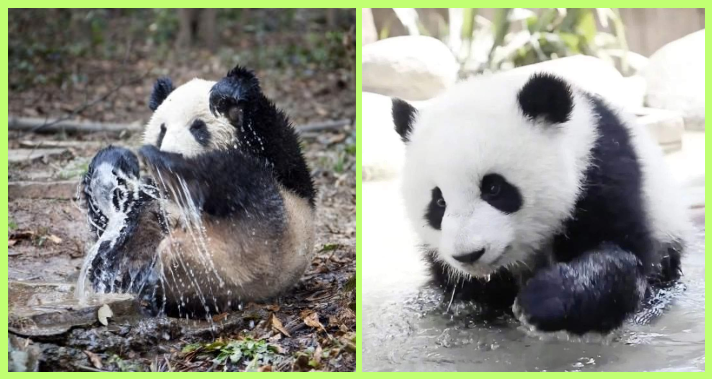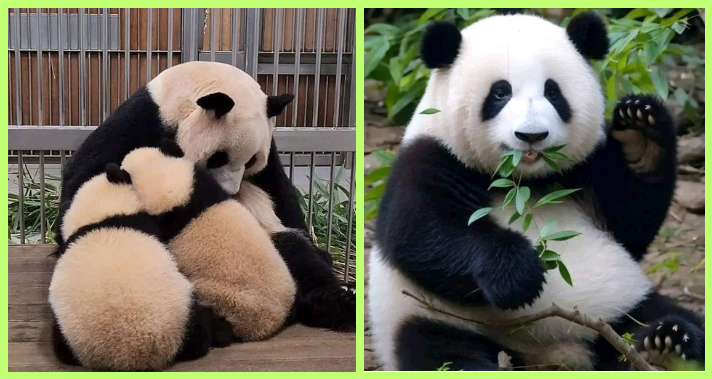Panda is known for its peace and its love for bamboo but what many people do not know is that their paws are one of the most interesting part of their body. Not only are their paws strong, they are also evolved in such a way that it will be advantageous for their survival in the wild. Panda’s thumb, is one of the most interesting things that ponders have. This unique structure is not a real thumb like humans have but it works almost like one. It helps the pandas to grab onto bamboo, climb trees and move over rough ground. Panda Paws: The science behind the thumb on them, their fake thumb and why it is so important to their life in the wild.
The Science Behind Panda Paw Structure
Panda has a very strong paws which has five finger in each front paw and each back paw. But the front paws have something in addition to that which makes them special. On the inner side of each front paw, there is a small bone which sticks out and functions like a thumb. This is called either fake thumb or false thumb. It is not a true finger (this is an enlarged wrist bone). The paws are covered in thick paws to protect them from cold mountain temperatures. Beneath the skin is a rough surface which gives the panda good traction on wet rocks, snow and tree bark. Their claws are sharp and crooked, this helps them to climb and hold onto things.
The most famous characteristic of a panda’s paw is the fake thumb. In fact it is an enlarged bone of the wrist known as the radial sesamoid. What happened was this bone grew larger over time to allow pandas to hold bamboo easier than a normal finger. It protrudes from the side of the paw as a thumb does, and moves a little when the panda is pressing or holding something. Even if it is not a proper thumb, it can push bamboo against the other fingers. This helps pandas to hold on tightly to bamboo while they chew it. Without this fake thumb, it would be very difficult to hold and eat bamboo.
#1. Adorable little pandas

#2. Cutie Pie

The artificial thumb is fused with the muscles and tendons in the paw. When a panda bends its paw, the fake thumb moves inwards and generates a gripping motion. The fingers are held on one side of the bamboo and the fake thumb to provide pressure from the other side. The fake thumb rest is held in the muscles of the wrist and lower arm. Small movements enabled by such muscles are all that is needed for holding the bamboo, breaking the leaves off, and rotating the stem while feeding. Even though the fake thumb does not have the joints that a real finger has, it is flexible enough that pandas are able to do delicate actions.
#3. Little panda is riding the bike

#4. Little panda looks so beautiful

Pandas have thick pads on their feet which cushion the feet while walking on rocky or slippery surfaces. These pads also help them to get balance when they are on their hind legs searching for bamboo or looking around. The rough surface of the pads prevents the pads from slipping, especially in rainy or snowy conditions. Their claws are another part of the paw that is important. The claws are long, curved and slightly sharp. These features assist pandas in digging into the bark of trees, climbing in tall trees and if they need to defend themselves. The claws, in conjunction with the fake thumb, give pandas tremendous control on what they are eating and how they are moving around.
#5. Two pandas having conservation with each other

#6. Panda is touching her tongue with nose

The fake thumb is very significant in the daily life of the panda. Pandas spend hours a day clenching the bamboo and breaking the bamboo into pieces. The fake thumb is used to help rotate the bamboo sticks, peel the outer layer and get to the soft inner parts more easily. While climbing trees, pandas use their fake thumb and claws to help them support their body weight. The thumb helps them to hold branches and balance. Small pandas use it when learning how to climb or grab their mothers. It also helps them to dig in the ground or scratch tree trunks while marking their scent. Though it is small but very useful. Under the softness and fuzziness lies a panda paw that is well supported with strong muscles.
#7. Little panda has sharp and big teeth

#8. Panda is sitting inside basket looks adorable

These are muscles that extend from the paw to the forearm and shoulder. They enable the pandas to grip heavy stems of bamboos, raise their body while climbing and shifting rocks or branches if necessary. The muscles of the wrist are particularly strong as it supports the fake thumb. These muscles work together to give a precise and a steady grip. Even though the fake thumb is useful, it is not perfect. It is not as long and flexible as a real thumb. Pandas are not able to move freely in all directions. But it is still an amazing adaptation and one that shows how the panda’s use simple changes to adapt and survive. They did not require the perfect thumb. All they needed was something that was strong enough to hold bamboo. Nature provided them with a simple, but effective, solution.
#9. Tongue Hang

#10. It looks so easy for panda to climb tree

The paw of the panda is a special creation of nature. It is a combination of strength, flexibility and clever design. While the fake thumb is not exactly a thumb, it is a powerful tool that enables pandas to eat, climb and survive in their mountain forests. Without it their daily life would be much more difficult. This tiny bone in their wrist is a thing to tell the slowly adjusting the big tale on how animals adjust to their very environment in unexpected manners. It shows that survival does not always depend on perfection but on simple and useful changes that make life just a little bit easier. In case, you liked this blog, you can share it with others and on our webpage, see more panda stories and facts about nature.




